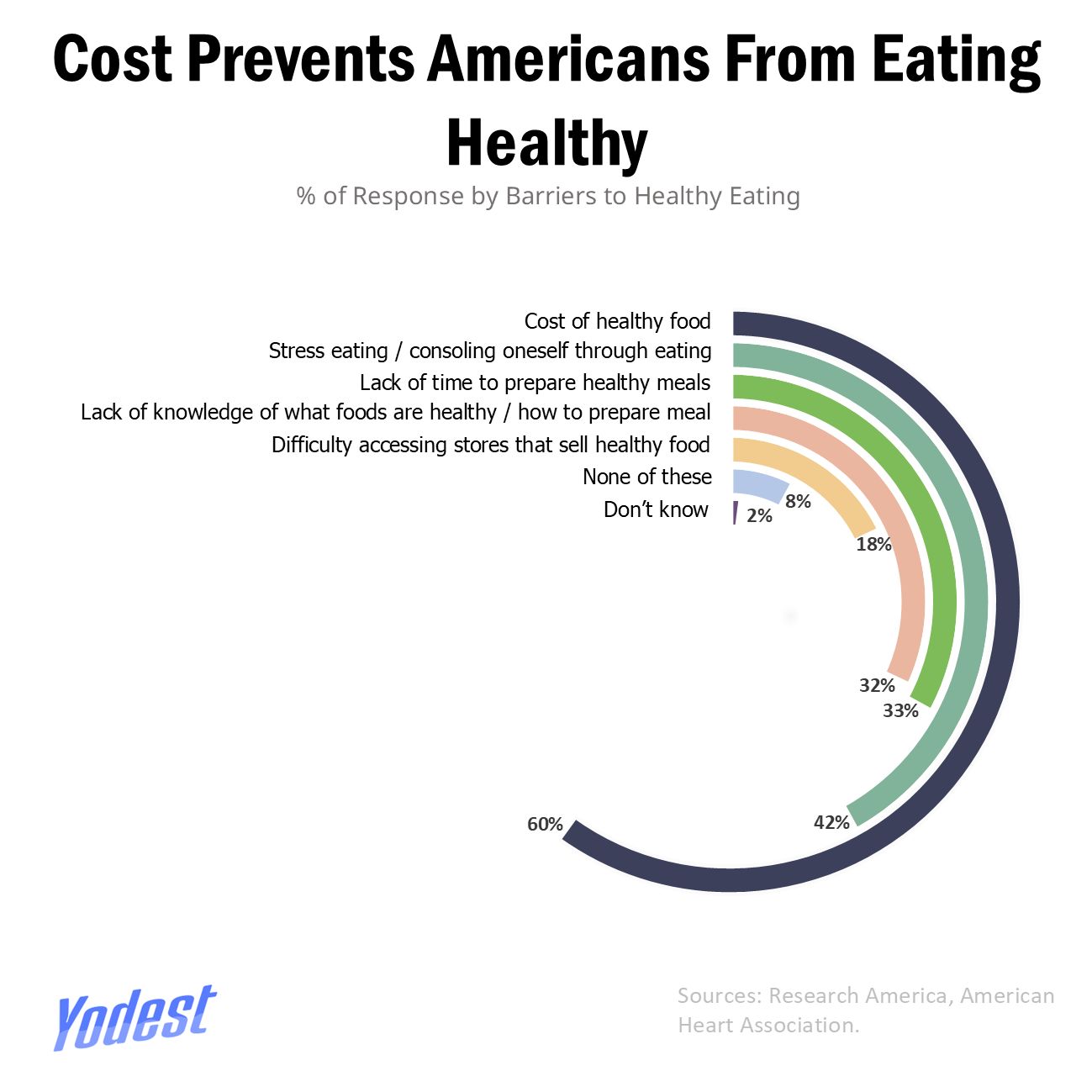From protein-packed cereals to pastel tumblers, America’s health obsession has turned into a trillion-dollar shopping spree. If you’ve ever paused mid-scroll on a video about a new supplement or a fitness gadget, you’re not alone. Wellness trends have dominated social media, and our feeds have become storefronts, filled with influencers and brands, convincing us that wellness can be bought. Our online algorithms can even personalize experience even more. One search for “healthy recipes” can morph your feed into an endless stream of protein powders, hair gummies, with everything ultimately promising an easier path to well-being.
The Price of Health
America’s obsession with health doesn’t come cheap. In 2023, the U.S. — counting individuals, employers, and the government; spent $14,570 per person on healthcare, or about 17% of GDP. That’s nearly triple what countries like Canada or the U.K. spend.
The burden shows that 1 in 3 Americans have medical debt, 1 in 5 are behind on payments, and 1 in 6 have seen their bills sent to collections, totaling to $194 billion in outstanding debt, according to the National Institute of Health.
For a country obsessed with wellness, being “healthy” seems to cost more every year. As Christy Harrison writes in The Wellness Trap, the global wellness industry now worth $4.4 trillion thrives on “dubious claims and phony promises.”
“Wellness” has become a moving target: an endless pursuit of better health that somehow makes us more anxious, not more well. For those recovering from disordered eating or body-image struggles, the messaging can be especially harmful, sugar-coated in words of empowerment but driven by profit.

Health is Trending
Nothing captures this performative wellness culture better than the Stanley Tumbler craze. The $40 “Quencher,” was once a masculine, forgotten camping mug that somehow turned into a viral must-have after catching fire on TikTok. Revenue shot from $73 million in 2019 to $750 million in 2023, as the tumbler became a pastel status symbol tied to “gym freak” and “hot girl walk” aesthetics. It’s a water bottle, yes, but also a status symbol for the wellness-oriented internet trend-chaser.
Adding to that, the 2024 U.S. Health & Fitness Consumer Report revealed that average gym membership rose 9% in 2023 to $65 a month, and total U.S. memberships hit an all-time high of 72.9 million. With food being the next frontier, a 2024 Research America survey found 46% of respondents struggle to afford nutritious food, while 54% believe the U.S. isn’t doing enough to make healthy eating accessible. When healthy food costs too much, many turn to the cheapest calories available such as ultra-processed foods that dominate supermarket aisles.
Gut Check and Protein Intake
The fastest-growing corner of the wellness economy, according to The Future of Wellness survey is Functional nutrition — foods and drinks that promise added benefits. Nearly two-thirds of Gen Z and millennials in the U.S., U.K., and Germany bought such products last year. According to Innova Market Insights, 59% of consumers now view “gut health” as crucial to overall well-being, making it the new darling of health marketing. Protein-heavy diets still dominate, but “powerhouse protein” may soon yield to “probiotic everything.”
Even ice cream brands want in, as Häagen-Dazs recently launched Cultured Crème, a product blurring the line between yogurt and dessert. Mintel data shows nearly half of consumers would buy it, suggesting that “gut health” is the new “low-fat.”
High-protein snacks are also crowding shelves. General Mills’ protein lines from Cheerios Protein to Nature Valley Protein reportedly brought in over $100 million in retail sales last year. PepsiCo is joining in, with CEO Ramon Laguarta calling protein “a lasting category.” Globally, the high-protein snacks market hit $21.4 billion in 2024 and is projected to double by 2034. Consumers say they want energy, weight control, and convenience, but what they’re really buying is the idea that a better body, or a longer life, is only a snack away.
The Health Economy
Wellness might just brand itself as an economy rather than a lifestyle. Seeing how tumblers, and probiotic ice-cream, brands have mastered the art of turning self-care into sales. The irony is that in chasing health through consumerism, Americans may be paying more for the illusion of control than actual well-being.
